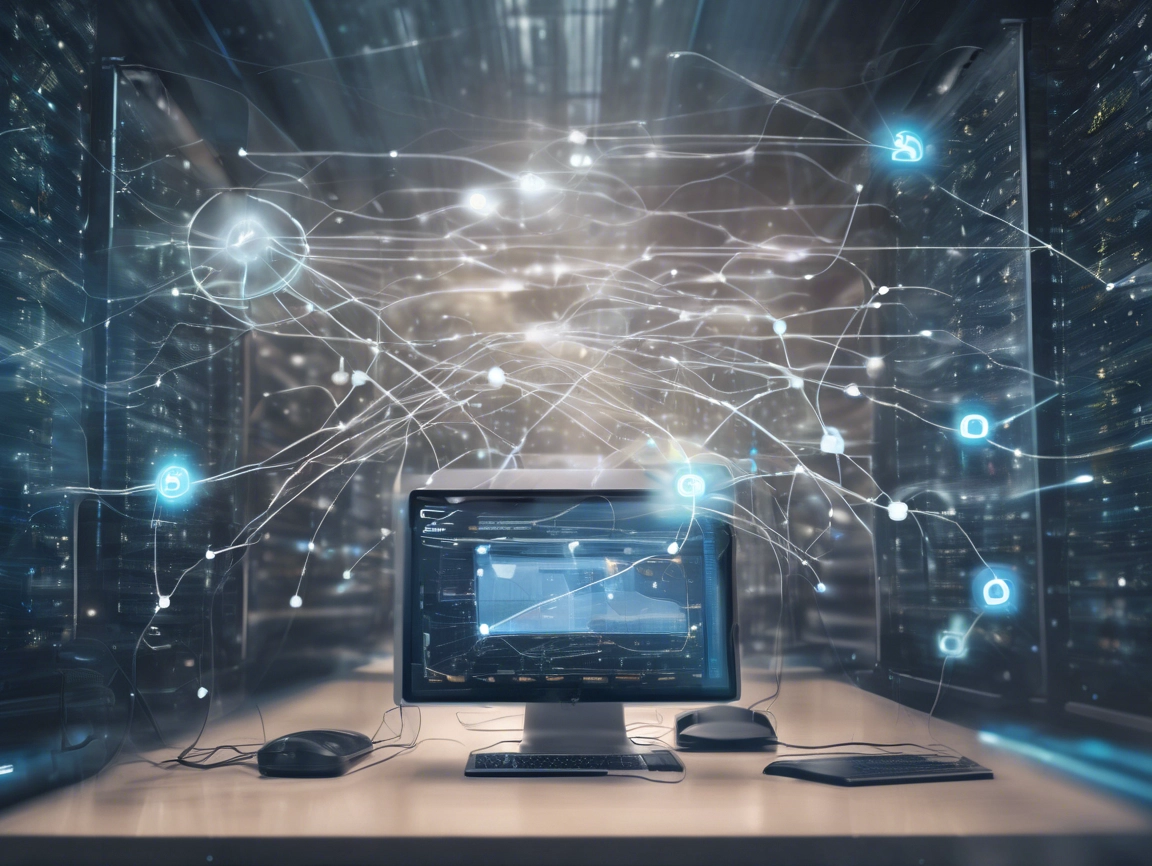The Quiet Revolution of Edge Computing in 2025
While AI grabs headlines and cloud platforms dominate enterprise tools, another tech evolution is unfolding just out of the spotlight: edge computing. It’s not flashy, but it’s powerful — and it’s quickly becoming the backbone of real-time digital life.
Edge computing isn’t some far-off theory. In 2025, it’s already shaping how your phone, car, smart home, and even your dog’s GPS collar process data — faster, smarter, and closer to where it’s needed.
What Is Edge Computing, Exactly?
In plain English, edge computing is the idea of processing data closer to its source — rather than sending everything to a centralized cloud server.
So instead of:
Device ? Cloud (far away) ? Back to Device
You get:
Device ? Local Processing ? Instant Result
This proximity matters. It cuts down latency, enhances privacy, reduces bandwidth needs, and allows devices to work faster and smarter — all without constant cloud contact.
For a visual explainer, this IBM primer is worth bookmarking.
Real-World Examples in 2025
Edge computing isn’t stuck in server rooms anymore. It’s everywhere — and here’s where you’ll notice it most:
1. Smart Cameras & Home Security
Systems like Eufy and Google Nest process video locally, only sending data to the cloud if there’s an actual alert. Faster responses, fewer false alarms.
2. Autonomous Vehicles
Cars like Tesla and Waymo use onboard edge processors to make split-second driving decisions without needing cloud delay. Lives depend on it.
3. Healthcare Wearables
Devices like the Apple Watch and Oura Ring analyze heart rate variability, sleep stages, and arrhythmia signals right on your wrist — no lag, no cloud delay.
4. Retail Sensors & Smart Shelving
Edge-enabled devices track inventory, customer traffic, and temperature data in-store, allowing real-time decisions without pinging HQ constantly.
5. Industrial Monitoring
Edge computing helps factories detect failures and automate systems with zero downtime. Smart sensors = smart manufacturing.
Why Not Just Use the Cloud?
Great question. Here’s where edge computing shines over traditional cloud:
| Edge Computing | Cloud Computing |
|---|---|
| Real-time speed | Slight delay (even if milliseconds) |
| Local data privacy | Data travels across networks |
| Reduced bandwidth usage | Heavy reliance on internet |
| Better offline reliability | Needs connectivity to work |
It’s not about replacing the cloud — it’s about balancing local smarts with cloud scale.
Security & Privacy Benefits
Edge computing also gives users more control over their own data. Processing sensitive information (like biometric scans or audio input) locally means:
- Fewer exposure points
- Less need to transfer personal info to cloud servers
- More compliance options for data regulations like GDPR and HIPAA
Of course, edge devices still need to be secured — they just shift the privacy burden in a more user-friendly direction.
The Nerd Factor: Why It Matters to Us
For the tech-obsessed, edge computing feels like the sweet spot of hardware, systems architecture, and real-world application. It’s where software meets the real world — and makes decisions in milliseconds.
It also opens up doors for DIY hardware, micro-AI systems, and smart devices that aren’t completely cloud-tethered. That means innovation gets more personal, more open-source, and more local.
Final Thoughts: Edge Isn’t the Future — It’s the Now
Edge computing is already embedded in your daily life — even if you didn’t notice. As 2025 marches forward, the “edge” isn’t a fringe tech concept. It’s becoming the default.
In a world where speed, security, and smarts all matter, the edge delivers. Quietly. Consistently. Locally.









